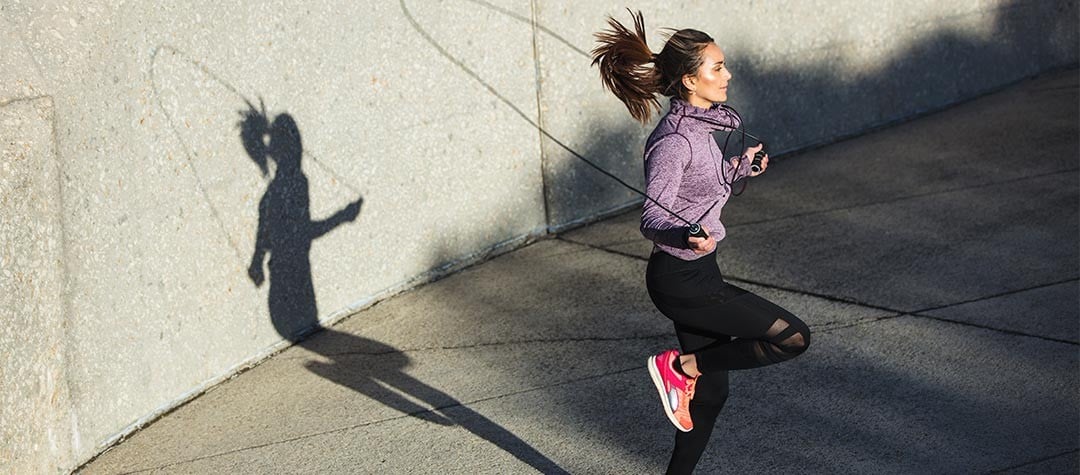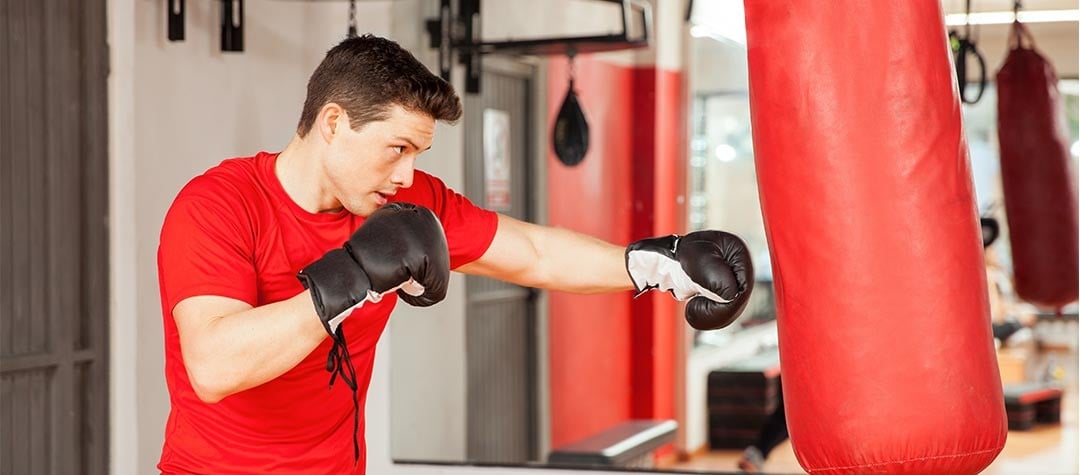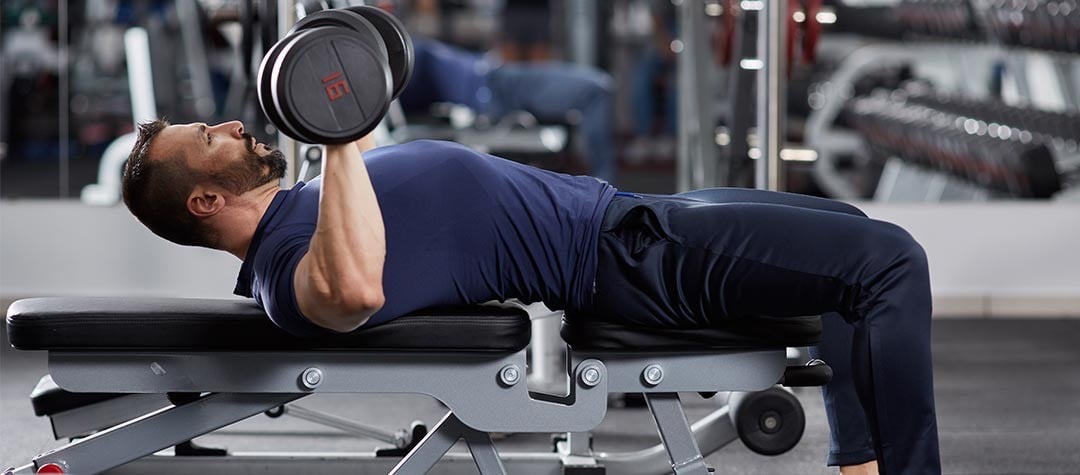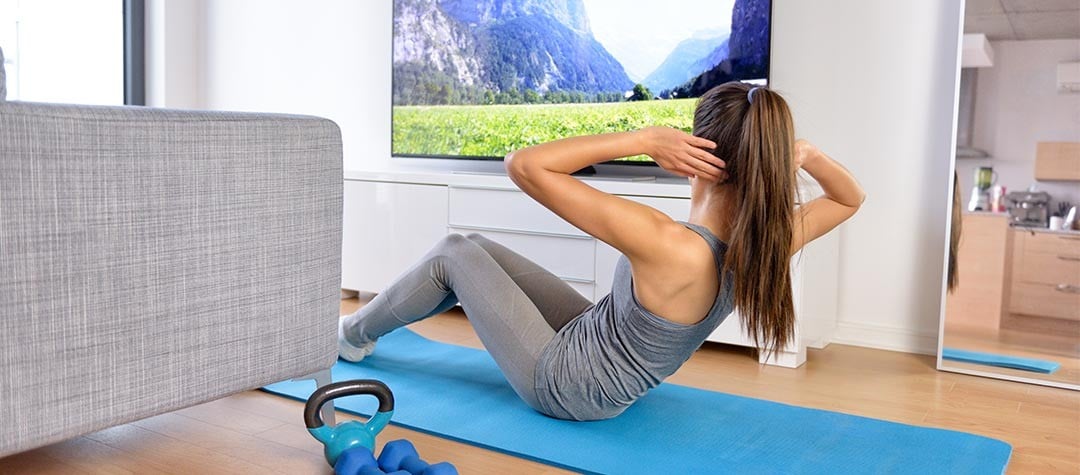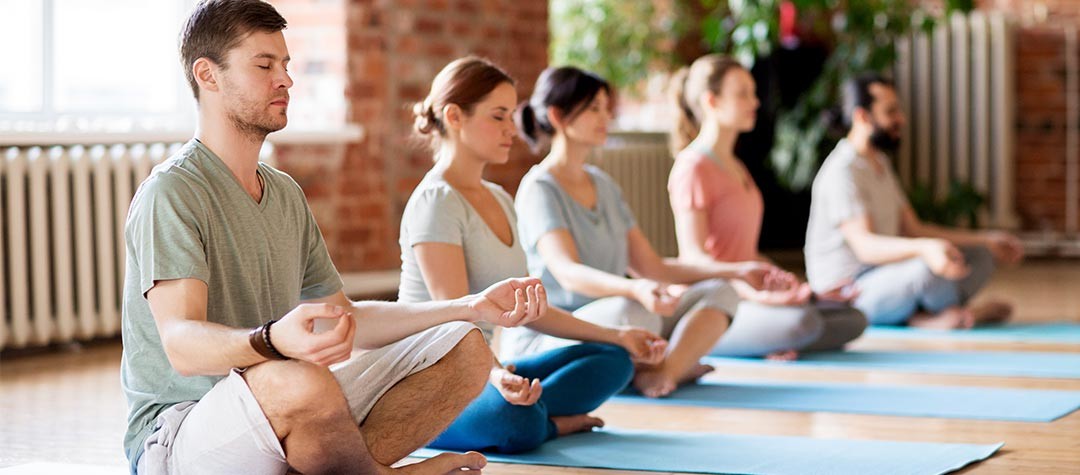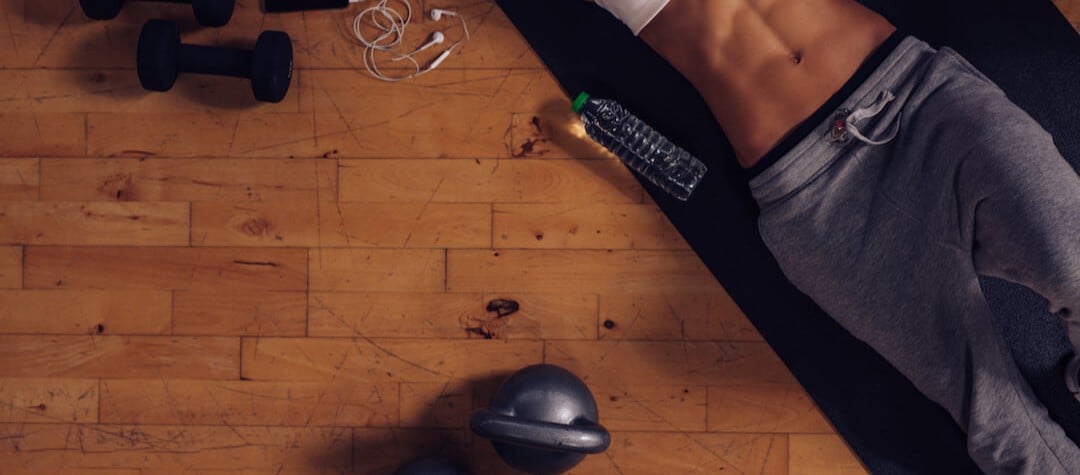Skipping is great for your overall fitness, whether it’s part of a warm-up or included in your main exercise session. Find out some of the benefits of skipping for fitness and suggested skipping exercises to get you started.
It's no coincidence that boxers, who are arguably some of the fittest athletes around, regularly perform skipping drills to help with their hand-to-eye coordination and cardiovascular fitness. So why not introduce some jump rope into your workouts and reap some of the fitness benefits listed below?
Some of the fitness benefits of skipping include:
- Cardiovascular fitness
- Leg strength
- Stamina
- Coordination
- Bone strength
- Balance
- Agility
- Full body workout
- Flexibility
- Endurance
Getting started skipping
Skipping has to be one of the cheapest exercises available. You need minimal equipment, minimal space and you can practice just about anywhere — indoors or out. To kick-start your skipping routine, this is all you need:
- Skipping/jump rope. Skipping ropes are very cheap and widely available in sports retailers, or you can even make your own. To make sure that your rope is the correct length for your height, stand on the middle of the rope and pull the handles upwards until the rope is taut. The handles should be in line with the middle of your chest. If the handles come up higher, cut a few inches of rope off one end until you have the correct length.
- Cushioned training shoes. Skipping is a high-impact activity, which is good for bone strength, but it is important that you wear suitable footwear. The action of skipping - particularly if you progress to some slightly more advanced movements - means that your shoes need some lateral stability to provide support for your feet. Cross-training shoes that combine stability with cushioning are best - tell your retailer what you intend to do in the shoes to ensure you select an appropriate pair.
- Correct surface for skipping. On the same impact theme, cushioned training shoes alone aren’t the only consideration that you need to be aware of. Ideally, you should practice your skipping on a ‘giving’ surface such as a sprung gym floor, an exercise mat (ensure that the mat won’t move or slip), or a carpet. By skipping on a cushioned surface in correct footwear, you will avoid any lower leg problems that result from impact — such as shin splints.
Skipping exercise technique
It’s no coincidence that professional boxers look like they’re dancing on air as they skip in the gym - they have honed their skipping skills and technique through many hours of practice. Skipping is a straightforward exercise, but to get the most from your routine you should make sure that you adopt the following correct technique:
- Jump off and land on the balls of your feet.
- Avoid looking down at your feet, keep your head up and look straight ahead.
- Avoid hunching over; always skip with a straight back.
- Jump only a few centimeters into the air each time that the rope passes.
Your skipping exercise routine should include:
- Warm-up. As with any form of exercise, always make sure that you warm up thoroughly before you start. For skipping, this could be a few minutes of walking, marching on the spot, jogging or light skipping. Once you’re warmed up, you can start your main skipping session.
- Technique practice. If you’re unused to regular skipping, focus initially on your technique so that you can skip continuously rather than in a stop-start fashion. New skippers frequently jump too high, resulting in them tiring very quickly, whereas in reality you only need to lift your feet a few centimetres off the ground each time the rope passes. Focus on a ‘twirling’ action from the wrists rather than from the shoulder, keeping all your movements light and quick. Although at first your action may not seem very smooth, your coordination will improve rapidly and you will be able to skip continuously.
- Main skipping session. In the beginning a few minutes can feel quite challenging, but once your coordination and fitness improves, you will find that you can skip for much longer periods without tiring. As skipping is a repetitive activity, it is best to integrate it with your other cardiovascular (CV) exercise so that you get a variety of training stimuli for maximum all-round fitness gains. Look to build up until you can integrate a couple of 10 to 15 minute skipping sessions into your CV programme — which will significantly enhance your fitness.
- Cool-down. As with any form of exercise, always remember to include a light cool-down at the end of your session to bring the body gradually back to its resting state. Finish with a few stretches and focus on the legs, particularly the calves, to maintain good leg flexibility.
Skipping exercise suggestions
Once you’ve mastered the basics, you can do much more than simply jump up and down on the spot. Try some of these variations to bring variety into your skipping workout, improve your hand-to-eye coordination and impress your friends!
- Double jump. Swing the rope slowly and complete a double jump for each revolution.
- Skip jump. Instead of jumping with both feet together, jump on one foot only, kicking the other out in front or behind on each revolution. Alternate your feet between each jump.
- Hop jump. Hop continuously on one foot as you skip. Start with a couple of hops before using the other foot, then gradually build up the number of hops that you can complete on each leg.
- Jog jump. Adopt a ‘jogging’ style by keeping the rope low and ‘jogging’ on the spot as you twirl the rope.
- High jogging. This is more demanding - lift your knees as high as possible on each skip.
- Ski jump. A double-footed jump - but this time, as well as jumping a few centimeters off the ground, you should also jump from side to side. Start with short sideways jumps and gradually extend the width of your jumps as you improve.
- Cross-over. The boxer’s classic - and it looks impressive too. Using a standard double jump technique, as the rope comes above your head, cross your arms over as far as you can and perform a higher jump so you don’t catch the rope. Return to normal skipping and then repeat. Build up from one cross over in 10 skips until you can alternate between standard and cross over skips each revolution.
Still need reason to start skipping?
You can see that as well as adding some variety to your exercise programme, skipping brings a wide range of fitness benefits. Additionally, studies have shown that skipping is a great calorie burner - and depending upon your speed and intensity, 10 minutes of skipping can burn off as many calories as a 30 minute run!
However, aside from fitness and weight management benefits, skipping is also good fun - which is a key factor for any exercise, because then you’ll be motivated to continue with it. So, if you’ve never thought of skipping, perhaps now is the time to ‘borrow’ your children’s skipping rope and bring a whole new dimension to your training.

